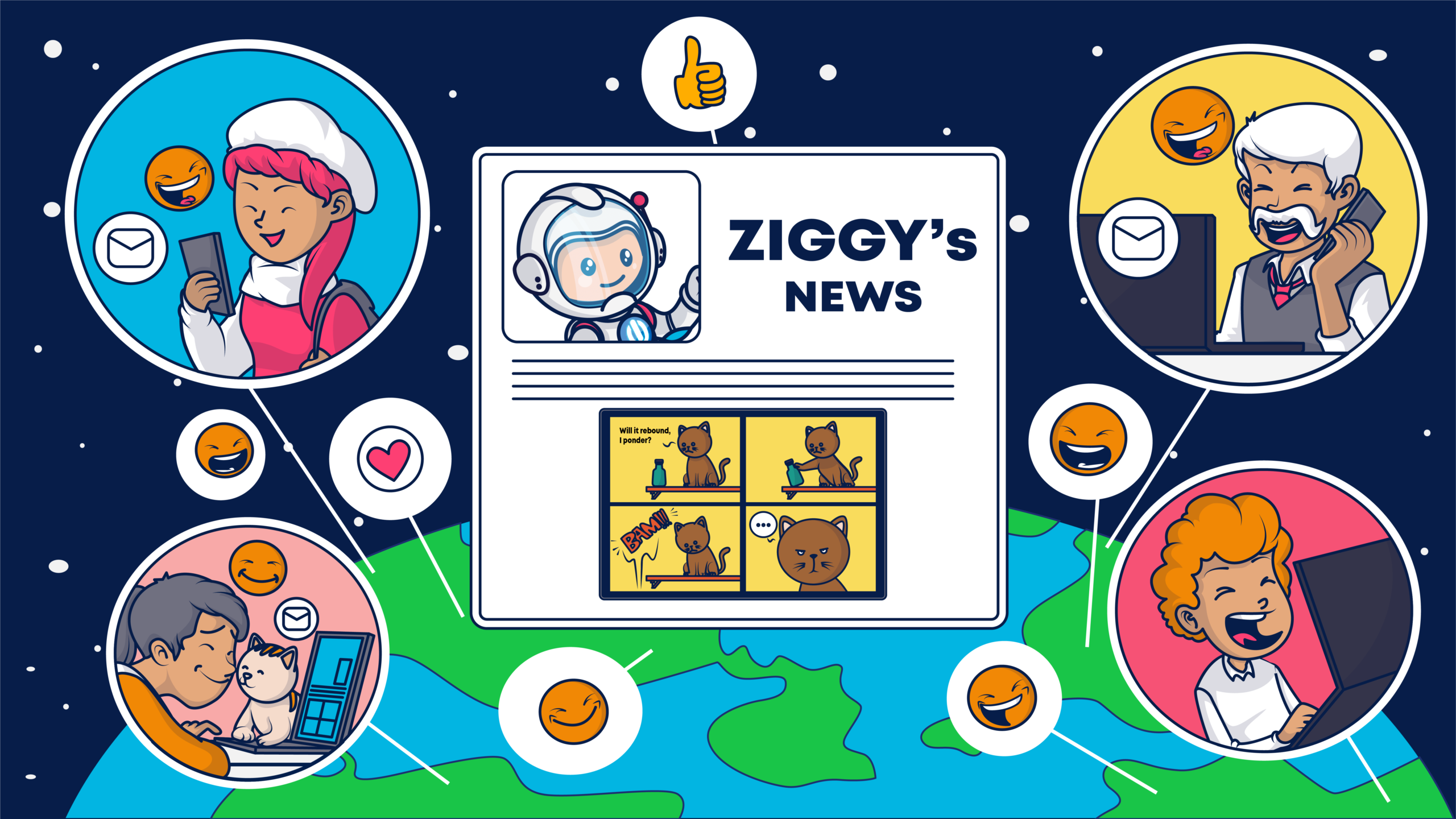Mailgun Guest Post for Ongage
There’s a lot of hype around big data and analytics these days. You can easily track websites, social shares, ad campaigns, sleep habits, step counts, diets, and – depending on your chosen email marketing platform or email delivery provider – you can probably track your emails too.
When it comes to email performance, the metrics most marketers pay attention to are opens, clicks, and unsubscribes. That’s a good place to start, but you can get even more valuable insights by diving deeper into your analytics.
Of course, not all email marketing platforms give you much more data than the basics. One of the things we love about our partnership with Ongage is that they take analytics as seriously as we do at Mailgun and provide robust analytical features for better performance insights.
With Ongage, you get a snapshot report for easy access to messages delivered, bounced, opened, clicked, and unsubscribed for a given campaign as well as an aggregate report so you can go more in-depth with your analytics for a given campaign or date range.
This gives you the ability to track campaign performance by recipient ISP domain, country, browser, and operating system. You can also see how well your campaign did based on shopping cart activity, look at link groups to determine which individual link performed better, measure the success of specific tags, and more.
Having these stats at your fingertips is great and all, but you’ll get better results once you know how to make these email analytics actionable.
How to Use Email Analytics to Improve Campaign Performance
Look at your open rate
Let’s start with the most basic metric: the open rate. Across all industries, the average email open rate is 25.8%, according to Experian’s Q2 2016 Email Benchmark Report. If yours is higher than that, congrats, you’re doing great. If yours is lower than that, you may want to look into small tweaks that could bring you higher open rates.
There are a lot of factors that go into how many unique opens your messages get. Are you sending at the best time for your contacts? Would a different subject line perform better? (You can easily A/B test your subject lines with Ongage.) Are there ways you can improve your overall relationship with the people on your list? Did your email contain anything that may have triggered spam filters? Do you need to clean your list for inactive subscribers? Playing with any of these variables will get you a step closer to maximizing your open rates and getting your content in front of the people on your list.
Know your click-to-open rate
A lot of email marketers talk about the importance of your clickthrough rate (CTR), but I generally find click-to-open rates (CTORs) to be more valuable. What’s the difference? CTR is the percentage of recipients who clicked on at least one link in a given email, based on the total number of emails delivered. CTOR is the percentage of recipients who clicked on at least one link in a given email, based on the total number of emails opened.
By looking at the CTOR, none of the variables involved in getting someone to open your emails (timing, subject line, the recipient’s relationship to you, etc.) stand in your way. Instead, you get a clear understanding of how engaging your recipients found your content to be and how interested they are in that topic or product. This allows you to focus more or less on certain topics to see if you can drive more engagement and a higher CTOR on future sends.
Examine Performance by Recipient ISP Domain
This gives you an idea of how well your emails are performing by mailbox providers like gmail, yahoo, AOL, and more. We recently added this functionality at Mailgun, and we love the insight it can provide. Each ISP has their own unique way of handling emails, so tracking your emails by domain performance can help you spot ISP issues with your emails and act accordingly.
For example, if you find that your open rate for emails that went to Hotmail was way below the open rates on other ISPs, you might be encountering an issue where your emails are triggering Hotmail’s spam filter. Your emails are still showing up as delivered, but they’re relegated to the no-man’s land of the spam folder. Or you might be having a reputation issue, causing some mailbox domains to throttle your emails. Whatever the issue, you’ll be able to diagnose and troubleshoot it, armed with data from the Recipient ISP Domain function in Ongage.
Push Your Analytics Straight to You with Webhooks
While using webhooks won’t necessarily improve your email performance, it will make it easier for you to get the data you need wherever you want it. With webhooks, you can push your analytics directly to your app.
The great thing about webhooks is that they consume less server resources, and the updates are more real-time because they’re pushed as soon as they’re available on the server. Plus, you don’t have to log in to the dashboard just to see your campaign performance. Here’s a great primer on using Mailgun’s webhooks, and you can also refer to Ongage’s webhooks documentation for more info on how to get started with webhooks.
For a seamless integration and great analytics, choose Mailgun as your ESP/SMTP provider for Ongage. With Mailgun, you can send up to 10,000 emails for free every month – a great way to try us out and experience the excellent deliverability Mailgun provides.

















